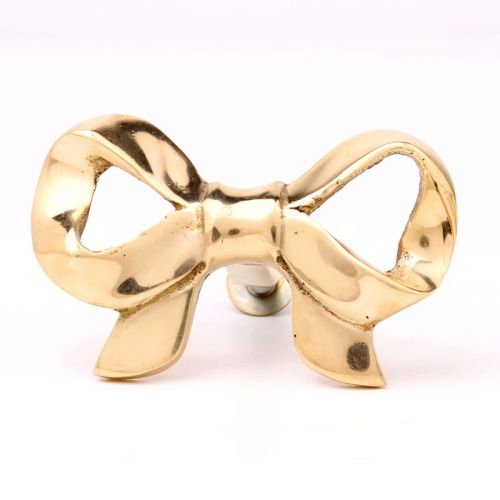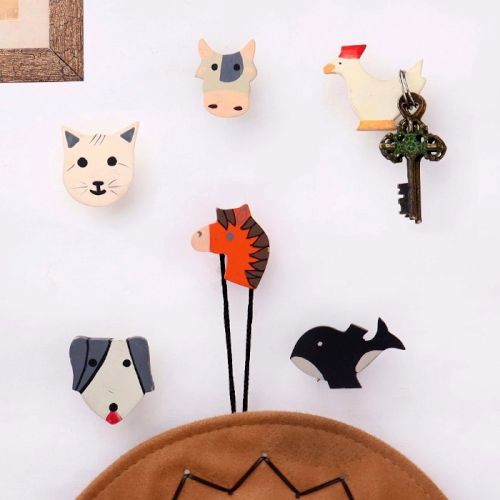Buy Vintage Brass Cups for Luxury and Aesthetics
A vintage brass cup is a traditional drinking vessel made from brass, a metal alloy primarily composed of copper and zinc. These cups were commonly used in various cultures around the world before the advent of modern drinkware. In India, vintage brass cups have been a part of households for centuries and were often used in rituals, daily drinking, or festive occasions. Their origin can be traced back to ancient civilizations where brass was valued for its durability, antimicrobial properties, and elegant golden hue. In addition to India, such cups were also used in parts of the Middle East, Europe, and East Asia. They often feature handcrafted designs, intricate engravings, and sometimes regional motifs that reflect the culture they come from. Today, vintage brass cups are not only appreciated for their historical significance but also as decorative items and symbols of sustainable and mindful living.
How is a vintage brass cup different from modern or contemporary drinkware?
Vintage brass cups differ from modern or contemporary drinkware in several significant ways. The primary difference lies in the material used. While modern drinkware is commonly made from glass, plastic, or stainless steel, vintage brass cups are crafted from a mix of copper and zinc, giving them a warm golden appearance. These cups are typically handcrafted, often featuring intricate patterns, embossments, or traditional motifs, which reflect the artistry of their time. In contrast, contemporary drinkware tends to be mass-produced with a focus on minimalism or convenience. Brass also has natural antimicrobial properties, which historically made it a preferred choice for daily use. Modern drinkware may prioritize functionality over aesthetics, whereas vintage brass cups often carry a sense of cultural heritage, craftsmanship, and individuality. Their weight, texture, and visual appeal provide a tactile and nostalgic experience that modern alternatives often lack. This makes them unique collectors’ items or thoughtful additions to traditional decor.
What are the different styles or types of vintage brass cups?
Vintage brass cups come in a variety of styles and types that reflect different cultures, uses, and historical periods. Some are tall and cylindrical, used traditionally for serving water or milk. Others may be short and wide, suited for herbal concoctions or ritualistic offerings. In India, for example, one can find Lota-style cups, which have a rounded base and narrow opening, often used in religious ceremonies. Mughal-influenced designs might include floral engravings and gemstone inlays, while South Indian styles may feature smooth surfaces with minimal decoration. Some vintage brass cups are hammered to create a textured look, which also enhances their strength. Others might have handles or spouts, especially if used for ceremonial pouring. Certain styles are region-specific and are adorned with motifs that symbolize prosperity or spirituality. This wide range of types showcases not only the utility of brassware but also the local craftsmanship and aesthetic preferences across generations and geographies.
What materials are commonly used in vintage brass cups, and why is brass special?
Vintage brass cups are primarily made from brass, an alloy of copper and zinc. The proportions of these metals can vary slightly, which influences the color and properties of the final product. In some traditional varieties, a trace of other metals like tin or lead might also be present, though pure brass is most desirable for safety and longevity. Brass has been used historically for drinkware because it is both durable and resistant to corrosion. It also possesses natural antimicrobial properties, which make it more hygienic compared to other traditional materials. Additionally, brass retains the temperature of liquids longer, making it a practical choice for both hot and cold beverages. Its golden sheen gives it a regal appearance, making it a favorite for ceremonial and festive use. The combination of functional and aesthetic qualities makes brass a cherished material, particularly in cultures that value heritage, symbolism, and craftsmanship.
What motifs or designs are common on vintage brass cups?
Vintage brass cups often feature a rich variety of motifs and designs that reflect the cultural heritage and artistic sensibilities of the regions they originate from. Common motifs include floral patterns, leaves, vines, and religious symbols. In Indian vintage cups, you may often find peacocks, lotuses, or other symbols associated with prosperity and spirituality. Mughal-influenced designs might include intricate arabesques or geometric patterns, while South Indian styles may lean toward minimalism with subtle engravings or hammering effects. Some vintage brass cups also include inscriptions in regional languages or scripts, sometimes quoting spiritual verses or blessings. Artisan techniques such as embossing, engraving, and hammering were used to create these decorative effects. These designs are not just ornamental but also signify the craftsmanship and attention to detail that went into creating each piece. The motifs elevate the utility of the cup into an object of aesthetic value, worthy of admiration and preservation.
Where can I buy authentic vintage brass cups online?
Authentic vintage brass cups can be found through a variety of reputable online platforms that specialize in vintage or handcrafted items. Websites that focus on traditional Indian decor, antiques, or sustainable living products are excellent starting points. Platforms such as Etsy and eBay offer vintage brassware from individual sellers and artisans, often including details about the age, origin, and craftsmanship of the item. Some Indian-specific platforms and boutique stores like IndianShelf, Jaypore, or The India Craft House also curate vintage or vintage-style brass cups with detailed descriptions and customer reviews. It is important to read product listings carefully to verify authenticity, such as handcrafted tags, signs of age or patina, and historical background. Choosing sellers with high ratings and clear return policies adds an extra layer of assurance. Collectors and enthusiasts may also find vintage brass cups through online auctions, estate sales, or niche antique marketplaces that specialize in traditional metalware.
How can I incorporate a vintage brass cup into a modern kitchen or dining setup?
Incorporating a vintage brass cup into a modern kitchen or dining setup can bring a warm and artistic touch to the space. One way to do this is by using it as a unique serving piece for beverages such as water, herbal tea, or traditional drinks during meals. The contrast between the gleaming brass and contemporary tableware can create a visually appealing centerpiece. You can also place vintage brass cups on open shelves or glass-front cabinets to showcase them as decorative items. Some people use them as holders for kitchen herbs or flowers, adding both functionality and charm. If you prefer a minimalist style, a single well-polished brass cup can stand out on a modern countertop or dining table. These cups can also be used for special occasions or festive settings, where their antique appearance enhances the cultural and emotional atmosphere. Mixing old and new in this way offers both style and sentiment.
How are vintage brass cups preserved and celebrated today?
Vintage brass cups are preserved and celebrated today through a combination of traditional care methods, cultural practices, and modern appreciation for handcrafted goods. Families often pass down these cups as heirlooms, keeping them in secure storage or display cabinets to protect them from damage. Regular cleaning using natural methods such as tamarind, lemon, or vinegar helps maintain their shine while preserving their patina. Cultural festivals, religious rituals, and traditional ceremonies continue to use these brass items, keeping their relevance alive. In recent years, there has been a renewed interest in sustainable and artisanal living, which has brought vintage brassware back into fashion. Museums, exhibitions, and artisanal markets also showcase these items, highlighting their historical and artistic value. Many people now collect vintage brass cups as part of their efforts to reconnect with their heritage or support eco-friendly living. Their timeless appeal and historical significance make them cherished both as practical objects and symbols of tradition.
How is vintage Indian brassware culture linked to sustainability?
Vintage Indian brassware culture is deeply linked to sustainability through its emphasis on durability, reusability, and natural materials. Brass items are designed to last for generations, reducing the need for frequent replacement and thereby minimizing waste. Unlike plastic or synthetic alternatives, brass is a biodegradable and recyclable metal, making it an environmentally responsible choice. The production of brassware in traditional Indian settings often involves skilled artisans using hand tools and minimal energy, promoting low-impact manufacturing practices. Moreover, the local sourcing of materials and reliance on indigenous knowledge reduce the carbon footprint associated with long-distance supply chains. Vintage brass cups and other utensils are also celebrated for their multifunctionality, often being repurposed or handed down as family heirlooms. This circular use of objects reflects a lifestyle that values quality, heritage, and mindfulness over mass consumption. In this way, vintage Indian brassware represents both cultural preservation and ecological responsibility in today’s modern world.
What are the best vintage Indian brass cup gift ideas?
Vintage Indian brass cups make for thoughtful and meaningful gifts that blend tradition with timeless elegance. One popular idea is to present a pair of beautifully engraved cups in a handcrafted wooden or fabric lined box. This can be an ideal gift for weddings, anniversaries, or housewarmings. Another option is to choose a set of differently styled cups representing various regions of India, showcasing the diversity of craftsmanship. Including a small note or booklet explaining the history and symbolism of the brass cup adds a personal and educational touch. You might also pair the cup with complementary items such as brass spoons, a traditional tea blend, or even small handwoven coasters to complete the gift set. Some choose to gift them during festivals like Diwali or Pongal as a symbol of prosperity and well being. These gifts are appreciated not only for their aesthetic charm but also for the values of sustainability and heritage they convey.
How can I identify an authentic vintage brass cup?
Identifying an authentic vintage brass cup involves observing several key characteristics that indicate age, craftsmanship, and material quality. First, examine the weight and texture of the cup. Vintage brass tends to have a substantial feel and often displays uneven surfaces or minor imperfections due to being handmade. A genuine piece may show signs of patina, a greenish or brownish layer that develops naturally over time. Check for intricate hand engraving or embossing that is typically uneven and detailed, as opposed to the uniform patterns seen in modern machine made replicas. Authentic vintage cups often feature regional motifs or inscriptions in traditional scripts. Look for any hallmark stamps or artisan signatures which can indicate origin and period. Avoid items that are overly polished or have a glossy synthetic finish, as these may be newer reproductions. If in doubt, consulting an expert or comparing with verified vintage pieces can help confirm authenticity and ensure a worthwhile purchase.
How should I clean and maintain vintage brass cups properly?
Vintage brass cups deserve a ritual more than a routine. Begin by washing them with warm water and a gentle soap. Avoid harsh scrubbers that can strip their character. If the brass has tarnished embrace a home remedy of lemon juice mixed with a pinch of salt. Rub it softly over the surface then rinse and dry with a soft cotton cloth. Never leave them wet. Water leaves marks memory rings that brass does not forget. Polish sparingly. Over-polishing robs them of their age-worn grace. When not in use wrap them in a soft muslin cloth and store them away from damp corners. Let them rest like heirlooms between uses. Vintage brass responds to care with a glow not found in new metals. Cleaning is not just about shine it is about honouring time. Every streak every mark every dull edge holds a piece of its journey.
How old does a brass cup need to be to be considered vintage?
The idea of vintage is more spirit than strict calendar. A brass cup is often considered vintage when it has crossed twenty to thirty years of age but age alone is not the gatekeeper. It is about the design the craftsmanship and the story that clings to the metal like a whisper. If it reflects a style or technique that has fallen out of regular production if it belongs to a different design era it likely qualifies. The subtle patina the weight the curve of its lip all offer silent proof. It may have been a wedding gift once or sat beside an old stove soaking in stories. Vintage does not need to be ancient it needs to be remembered. So when you hold a brass cup that looks and feels like a relic from your grandmother’s kitchen you are likely holding something vintage even if no one stamped the date.
Can I use vintage brass cups for everyday drinking or serving?
Yes you can but with a certain reverence. Vintage brass cups are built to last and were once everyday essentials themselves. Still it is wise to listen to the metal. Use them for water milk herbal teas or even festive drinks. Avoid acidic or carbonated beverages as they might react with the brass over time. If the inner surface is coated with tin or another lining ensure it is intact. For unlined brass moderate use is best. Rinse them soon after use and dry thoroughly. Let them be part of your rhythm not your rush. When you sip from a vintage brass cup you are not just quenching thirst you are sipping memory tradition design and durability. They are practical but poetic. Old yet accommodating. Use them with care and they will stay with you longer than any modern glass. And every use makes them more yours.
What is the difference between vintage and antique brass cups?
The difference between vintage and antique lies more in their journey than their look. An antique brass cup is usually a hundred years old or more. It carries the weight of time like a song etched into its form. The engravings are deeper the patina often more dramatic. It belongs to a different world entirely. A vintage brass cup on the other hand is aged but not ancient. Often it is thirty to fifty years old perhaps from your grandmother’s kitchen or a bustling bazaar of decades past. Its design speaks of the mid-century not the colonial. Vintage has memory antique has history. One feels nostalgic the other feels sacred. Both are rare both are beautiful but one still remembers being used the other remembers being revered. When you hold them side by side you can feel the difference even if no one told you their age.
Are vintage brass cups safe for regular use with modern beverages?
Mostly yes but it depends on what you pour in. Vintage brass cups are safe for regular use when handled thoughtfully. Stick to water milk and traditional beverages like herbal infusions or spiced buttermilk. Avoid using them for citrus-based drinks or anything acidic as such liquids can react with the metal over time. If the cups are lined with tin they offer a safer surface for varied usage but inspect that lining regularly. If the cup is unlined treat it like an heirloom not a tumbler. Wash and dry immediately after use and avoid storing liquids for long durations. The safety lies not only in the brass but in the way you care for it. Brass is a living metal it speaks to time and use. Handle with respect and it becomes both functional and ceremonial in your daily rhythm. Let tradition meet mindfulness in each sip.
How do I restore and maintain the shine of old vintage brass cups?
Restoring the glow of vintage brass cups is part ritual part patience. Begin by washing the cup with mild soap and warm water to remove any dust or grease. Then apply a mix of lemon juice and salt or a paste of flour vinegar and salt. Rub gently in circles with your fingers or a soft cotton cloth. Do not use steel wool or harsh scrubbers that can scar the surface. Rinse thoroughly and dry immediately. Buff the cup with a clean dry cloth until it begins to shine. For deeper restoration polish with a natural brass cleaner or make your own with tamarind paste and a hint of oil. But shine is not the only goal. Sometimes it is the dullness that tells the story. Maintain the cup’s integrity not just its sparkle. Store in dry places and avoid stacking. Let it age with grace not neglect.
Is a vintage brass cup suitable for small spaces or minimalist decor?
Absolutely. Vintage brass cups carry quiet character and do not demand space they create presence. In small spaces or minimalist interiors they act as soulful accents. One on a windowsill with sunlight caught in its curve or two resting beside your herbal tea setup can warm an entire corner. Brass blends well with earthy tones clean lines and natural textures. Its aged gold hue offers contrast in modern rooms and harmony in rustic ones. You do not need a collection just one piece with story and purpose. Use it to serve or simply display it as a memory holder. The charm lies in subtlety. Vintage brass never shouts it hums. In minimalist decor it becomes a whisper of tradition a breath of old warmth in a clean white space. It brings history without clutter elegance without excess. Sometimes one brass cup is all the poetry a room needs.
What is the average cost of a vintage brass cup or full brassware set today?
The price of a vintage brass cup today dances between utility and artistry. A single cup may range from a few hundred rupees to a few thousand depending on age design and condition. If it carries intricate motifs or comes from a specific cultural origin it may cost more. A full brassware set including cups trays spoons or bowls often lies in the range of moderate luxury. Think of it not just as purchase but as preservation. Online marketplaces artisan collectives and vintage curators offer pieces with varying authenticity and price tags. Sometimes the real value lies not in the price but in the patina the feel the lineage. A modest cup with a memory is richer than a polished one with no story. Vintage brass is not a trend it is a gesture of grace and when you pay for it you are buying time served in metal.
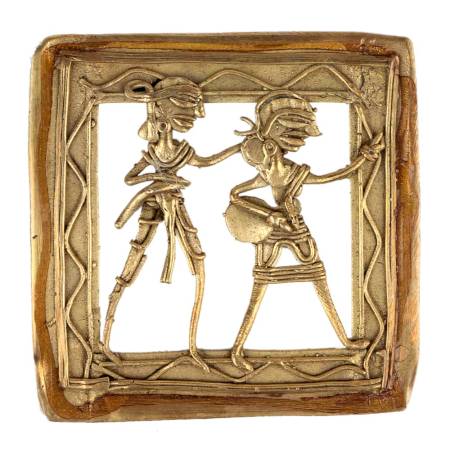
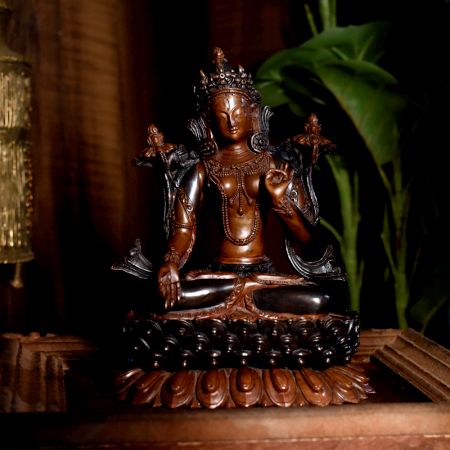
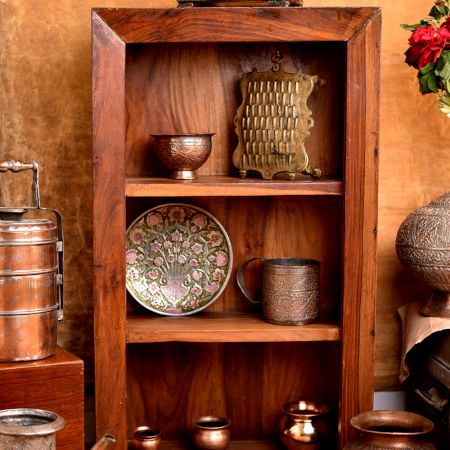
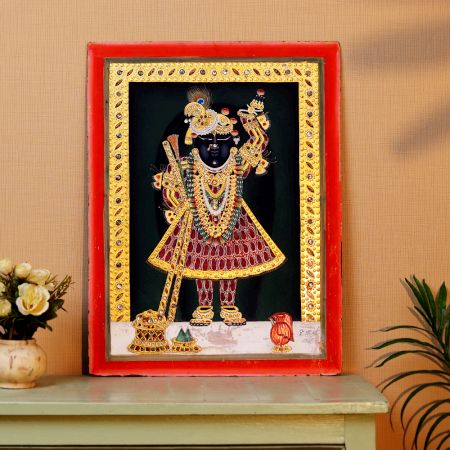
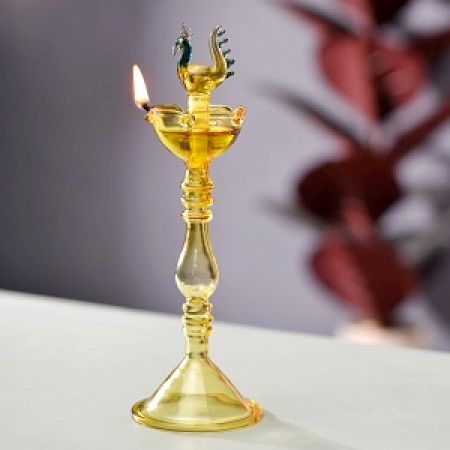
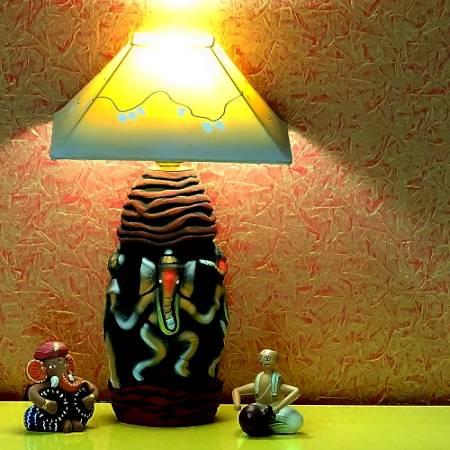
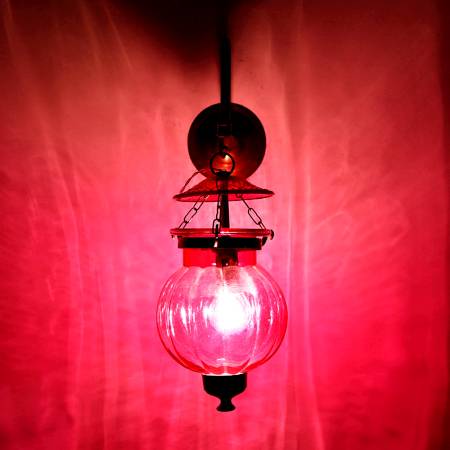

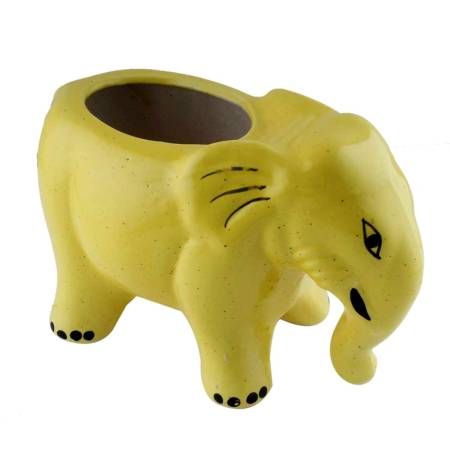
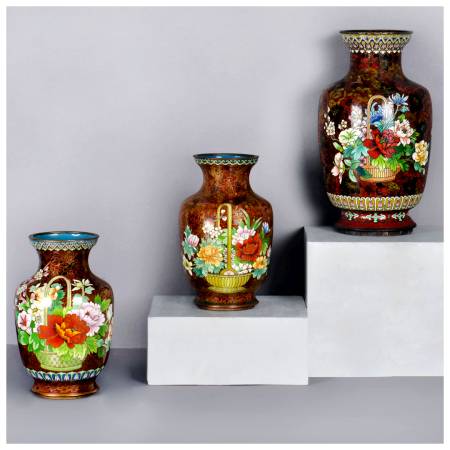
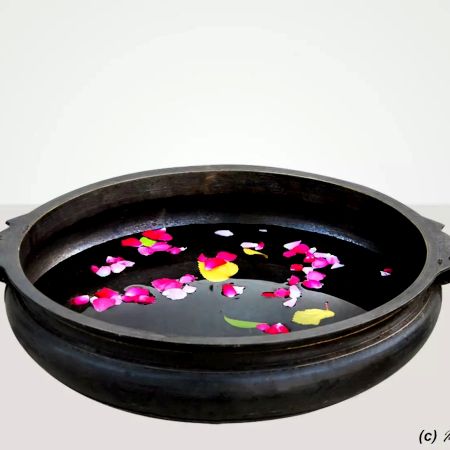
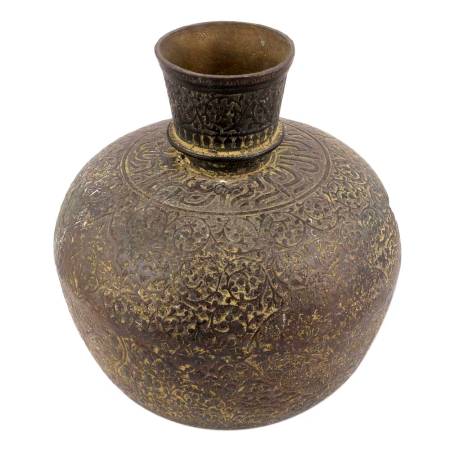
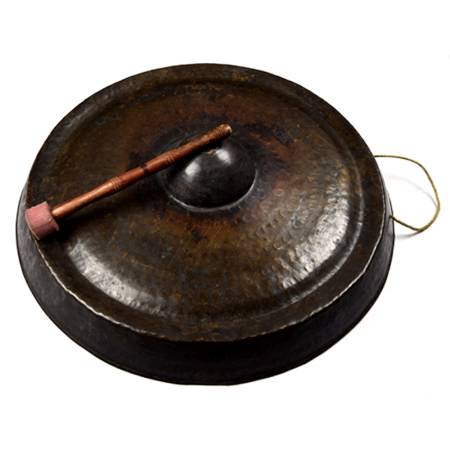

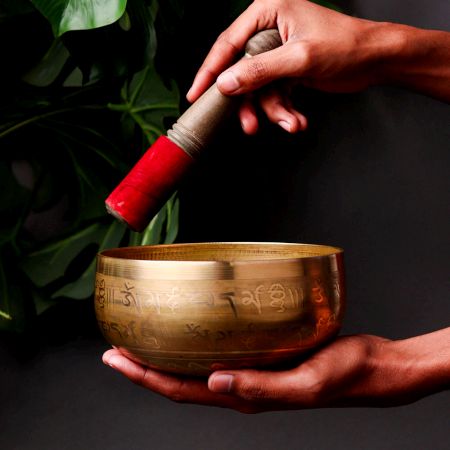
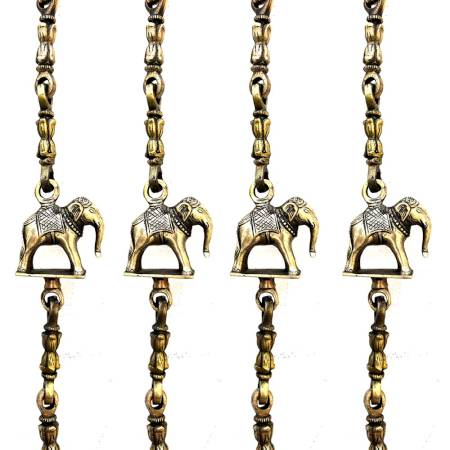
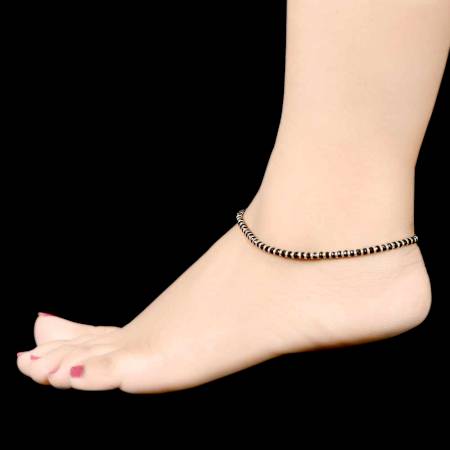
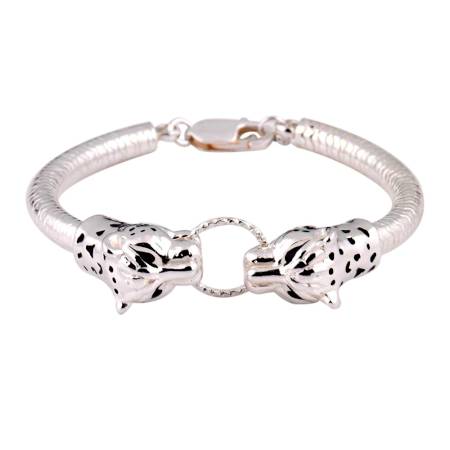
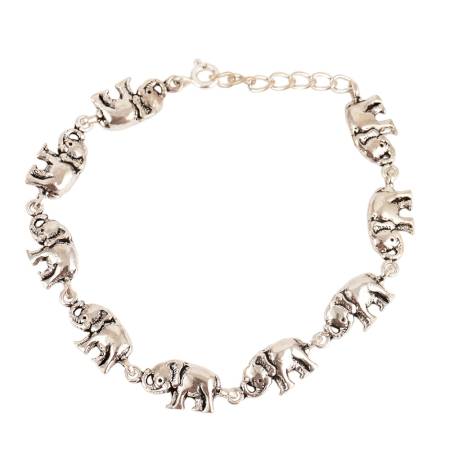
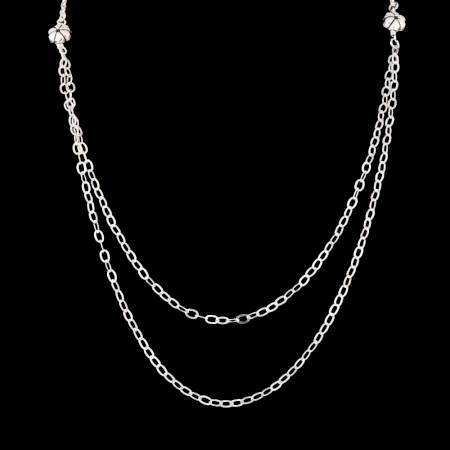
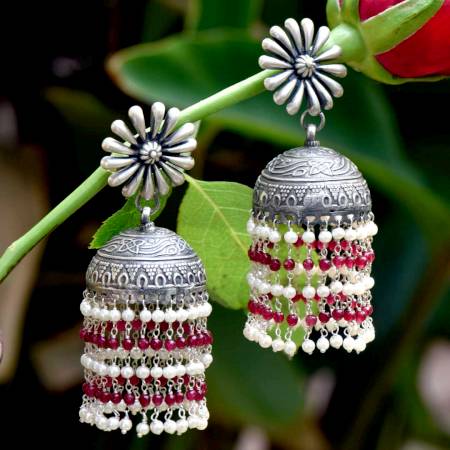
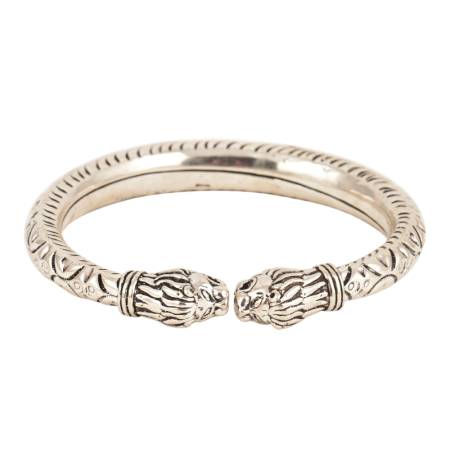
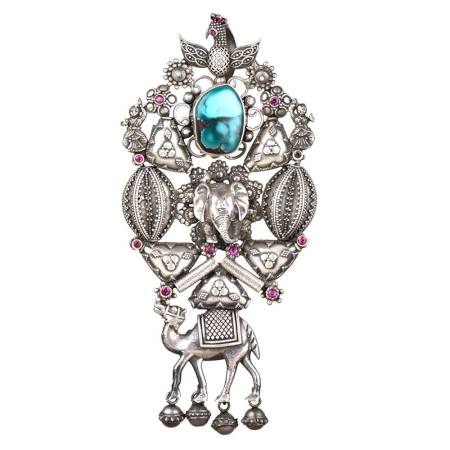
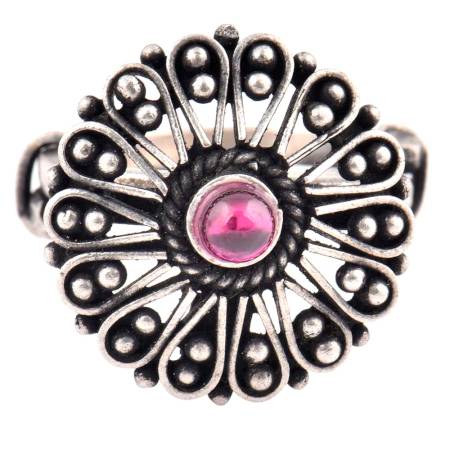
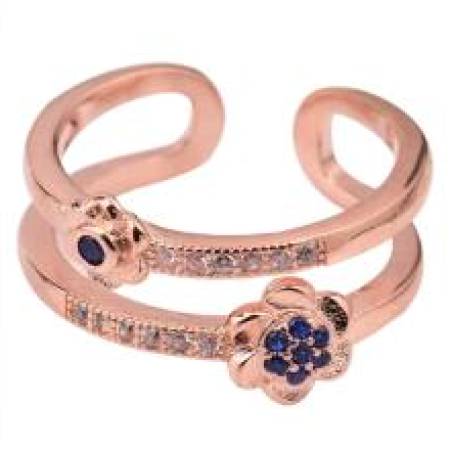
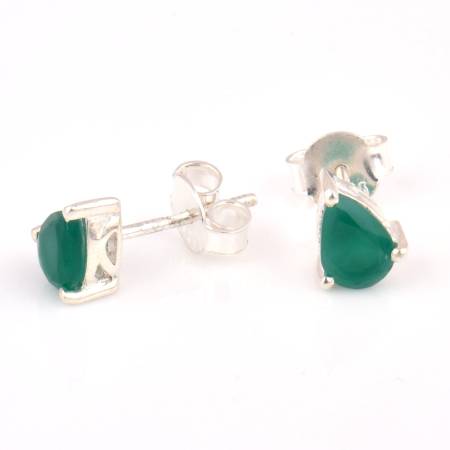

































































.JPG?ver=1.7)
.JPG?ver=1.7)








.JPG?ver=1.7)
.JPG?ver=1.7)
.JPG?ver=1.7)
.JPG?ver=1.7)
.JPG?ver=1.7)
.JPG?ver=1.7)
.JPG?ver=1.7)
.JPG?ver=1.7)
.JPG?ver=1.7)
.JPG?ver=1.7)
.JPG?ver=1.7)
.JPG?ver=1.7)
.JPG?ver=1.7)
.JPG?ver=1.7)
.JPG?ver=1.7)
.JPG?ver=1.7)
.JPG?ver=1.7)
.JPG?ver=1.7)
.JPG?ver=1.7)
.JPG?ver=1.7)
.JPG?ver=1.7)
.JPG?ver=1.7)
.JPG?ver=1.7)
.JPG?ver=1.7)
.JPG?ver=1.7)
.JPG?ver=1.7)
.JPG?ver=1.7)
.JPG?ver=1.7)
.JPG?ver=1.7)
.JPG?ver=1.7)
.JPG?ver=1.7)
.JPG?ver=1.7)
.JPG?ver=1.7)
.JPG?ver=1.7)
.JPG?ver=1.7)
.JPG?ver=1.7)
.JPG?ver=1.7)
.JPG?ver=1.7)
.JPG?ver=1.7)
.JPG?ver=1.7)
.JPG?ver=1.7)
.JPG?ver=1.7)
.jpg?ver=1.7)
.jpg?ver=1.7)
.JPG?ver=1.7)
.JPG?ver=1.7)
.JPG?ver=1.7)
.JPG?ver=1.7)
.JPG?ver=1.7)
.JPG?ver=1.7)
.JPG?ver=1.7)
.JPG?ver=1.7)
.JPG?ver=1.7)
.JPG?ver=1.7)
.JPG?ver=1.7)
.JPG?ver=1.7)
.JPG?ver=1.7)
.JPG?ver=1.7)
.JPG?ver=1.7)
.JPG?ver=1.7)
.JPG?ver=1.7)
.JPG?ver=1.7)
.JPG?ver=1.7)
.JPG?ver=1.7)
.JPG?ver=1.7)
.JPG?ver=1.7)
.JPG?ver=1.7)
.JPG?ver=1.7)
.JPG?ver=1.7)
.JPG?ver=1.7)
.JPG?ver=1.7)
.JPG?ver=1.7)
.JPG?ver=1.7)
.JPG?ver=1.7)
.JPG?ver=1.7)
.JPG?ver=1.7)
.JPG?ver=1.7)
.JPG?ver=1.7)
.JPG?ver=1.7)
.JPG?ver=1.7)
.JPG?ver=1.7)
.JPG?ver=1.7)
.JPG?ver=1.7)
.JPG?ver=1.7)
.jpg?ver=1.7)
.JPG?ver=1.7)
.JPG?ver=1.7)
.JPG?ver=1.7)
.JPG?ver=1.7)
.JPG?ver=1.7)
.JPG?ver=1.7)
.JPG?ver=1.7)
.JPG?ver=1.7)
.JPG?ver=1.7)
.JPG?ver=1.7)
.JPG?ver=1.7)
.JPG?ver=1.7)
.JPG?ver=1.7)
.JPG?ver=1.7)
.JPG?ver=1.7)
.JPG?ver=1.7)
.JPG?ver=1.7)
.JPG?ver=1.7)
.JPG?ver=1.7)
.JPG?ver=1.7)
.JPG?ver=1.7)
.JPG?ver=1.7)
.JPG?ver=1.7)
.JPG?ver=1.7)
.JPG?ver=1.7)
.JPG?ver=1.7)
.JPG?ver=1.7)
.JPG?ver=1.7)
.JPG?ver=1.7)
.JPG?ver=1.7)
.JPG?ver=1.7)
.JPG?ver=1.7)
.JPG?ver=1.7)
.JPG?ver=1.7)
.JPG?ver=1.7)
.JPG?ver=1.7)
.JPG?ver=1.7)
.JPG?ver=1.7)
.JPG?ver=1.7)
.JPG?ver=1.7)
.JPG?ver=1.7)
.JPG?ver=1.7)
.JPG?ver=1.7)
.JPG?ver=1.7)
.JPG?ver=1.7)
.jpg?ver=1.7)
.jpg?ver=1.7)
.JPG?ver=1.7)
.JPG?ver=1.7)
.JPG?ver=1.7)
.JPG?ver=1.7)
.JPG?ver=1.7)
.JPG?ver=1.7)
.JPG?ver=1.7)
.JPG?ver=1.7)
.JPG?ver=1.7)
.JPG?ver=1.7)
.JPG?ver=1.7)
.JPG?ver=1.7)
.JPG?ver=1.7)
.JPG?ver=1.7)
.JPG?ver=1.7)
.JPG?ver=1.7)
.JPG?ver=1.7)
.JPG?ver=1.7)
.JPG?ver=1.7)
.JPG?ver=1.7)
.JPG?ver=1.7)
.JPG?ver=1.7)
.JPG?ver=1.7)
.JPG?ver=1.7)
.JPG?ver=1.7)
.JPG?ver=1.7)
.JPG?ver=1.7)
.JPG?ver=1.7)

.jpg?ver=1.7)

.jpg?ver=1.7)

.jpg?ver=1.7)
